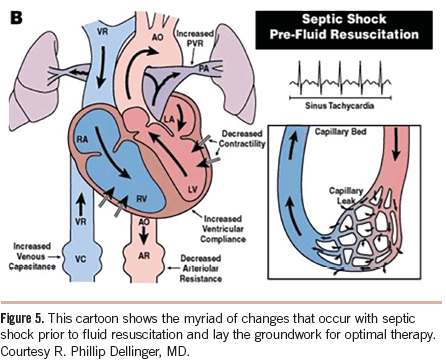Endpoints of resuscitation MAP: > or = 65 mmHg Urine output: > 0.5 ml/kg/hr; despite ↓RBF (Renal Blood Flow) it can be normal due to – Atrial natriuretic factor are elevated in sepsis Hypoproteinemia in sepsis – low plasma colloid osmotic pressure is less able to facilitate oncotic reabsorption. CVP:…
Category: Emergency Medicine
The Real Emergency Room scenarios, cases and topic reviews. Medical emergency conditions – approach to diagnosis and management.
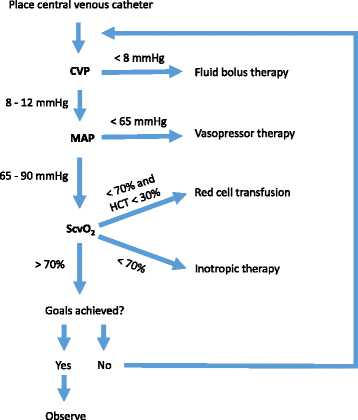
Is there no role of Early Goal Directed Therapy (EGDT) in Sepsis and Septic shock?
International Surviving Sepsis Campaign has recommended Early Goal Directed Therapy for the management of severe sepsis and septic shock. Recently, three large multicenter studies – the ProCESS (Protocolized Care for Early Septic Shock), ARISE (Australasian Resuscitation In Sepsis Evaluation), and ProMISe (Protocolized Management In Sepsis) demonstrated no difference in the…
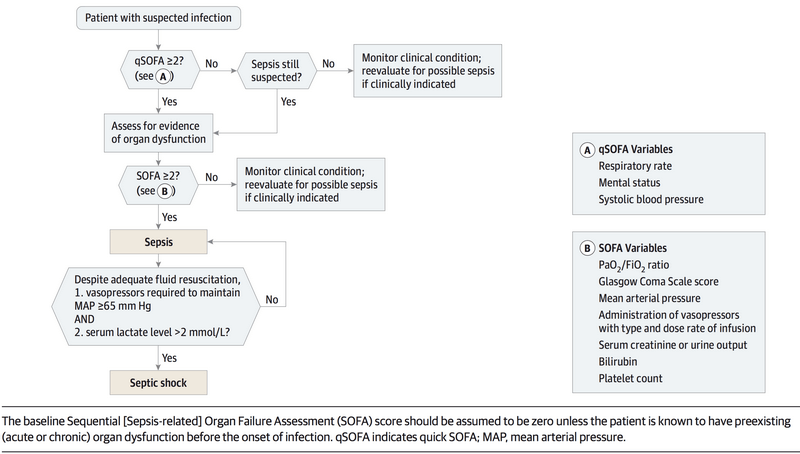
Understanding New Definition of Sepsis (Sepsis-3)
The Sepsis-2 definition used SIRS criteria and the term “Severe sepsis” which has been recently eliminated by the Sepsis-3. The new sepsis definitions recommend using a change in baseline of the total SOFA score of two or more points to represent organ dysfunction. New Definition of Sepsis and Septic Shock…
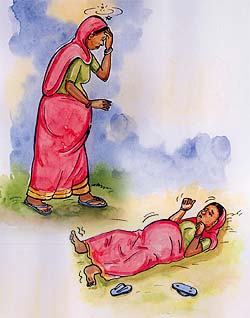
Postpartum Eclampsia : Case Discussion
History 23yrs/F non-diabetic, non-hypertensive, non-smoker, non-alcoholic primigravida was admitted to Obstetric ward on with the chief complaints of: Cessation of menstruation X 9 months Decreased fetal movement X 6 hours LMP 2072/04/12 EDD 2073/01/19 GA 41 WOG Examination
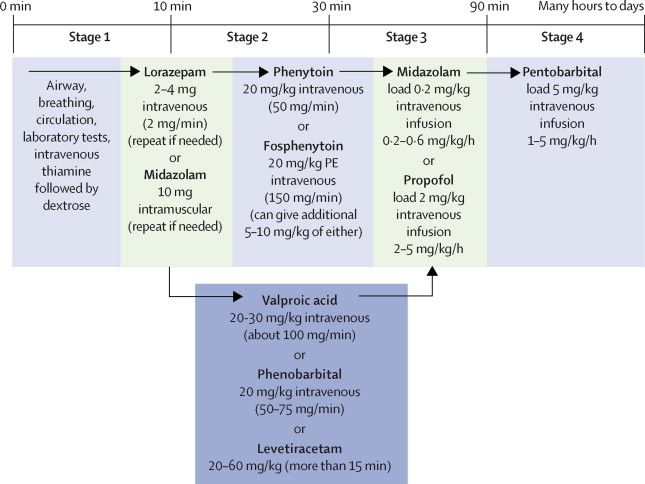
Status Epilepticus and Neonatal seizures : Updated Management
Terminologies Related with Status Epilepticus 1. Seizure: Abnormal or excessive neuronal discharge causing a transient disturbance of cerebral function. 2. Epilepsy: A condition characterized by recurrent (≥2) unprovoked seizures. 3. Status Epilepticus (SE): a. Conventional definition: 2 fits occur without recovery of consciousness in between or a single fit lasts longer than…
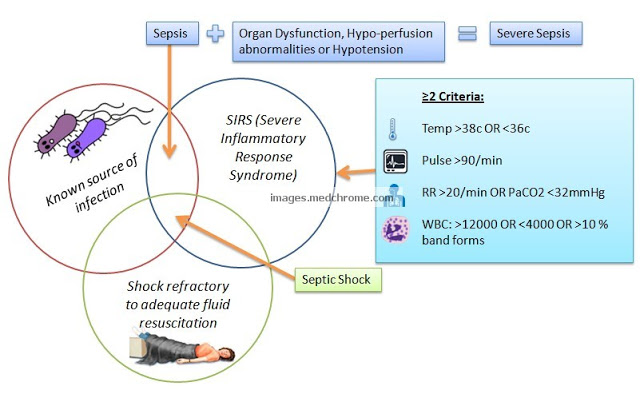
The Continuum: SIRS, Severe Sepsis and Septic Shock
SIRS criteria are mostly used as a screening tool to identify patients that may need further workup for sepsis and severe sepsis. In the emergency department it is a triage tool that helps determine patient acuity and identify patients that are potentially septic and in need of further screening. Septic…
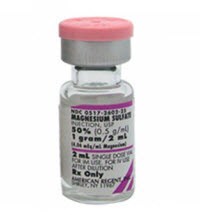
Pritchard regimen (MgSO4) in PIH
Pre-eclampsia is a disorder of pregnancy, characterized by hypertension (BP > 140/90 mmHg measured 2 times with interval ≥ 6 hours) and proteinuria (urinary excretion of ≥ 0.3 gm protein/24 hour specimen or 1+ in dipstick) after the 20th weeks of gestation in a previously normotensive and non-proteinuric woman. Pre-eclampsia…

Do and Don’t during episode of seizure
During and after an episode of seizure, (epilepsy, fit or convulsion), here are few recommended things that you should do and you shouldn’t do. Dos Protect the person from injury- remove harmful objects from nearby Place something soft such as folded sweater below the head Help the person to breath…
